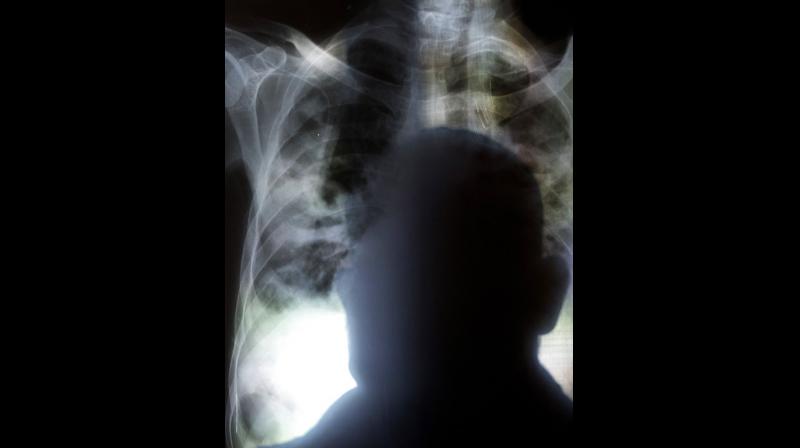World Tuberculosis Day: 12 things you need to know about disease
One of the leading causes of death worldwide, Tuberculosis is caused by bacteria that affect lungs and is curable and preventable.

TB is a leading killer of HIV-positive people: in 2016, 40% of HIV deaths were due to TB. (Photo: AP)
Observed on March 24 every year, World Tuberculosis Day is designed to build public awareness about the global epidemic of TB and efforts to eliminate the disease. In 2012 alone, 8.6 million people were diagnosed with TB of whom 1.3 million died from the disease.
According to WHO, World TB Day provides a platform for affected persons and communities, civil society organizations, health-care providers, policy makers, development partners and others to advocate, discuss and plan further collaboration to fulfil the promise of reaching all people with quality TB prevention and care services, as well as enabling TB prevention through multisectoral development efforts.
Here are 10 things you need to know about Tuberculosis.
- Tuberculosis (TB) is one of the top 10 causes of death worldwide.
- Tuberculosis (TB) is caused by bacteria (Mycobacterium tuberculosis) that most often affect the lungs. Tuberculosis is curable and preventable.
- In 2016, 10.4 million people fell ill with TB, and 1.7 million died from the disease (including 0.4 million among people with HIV). Over 95% of TB deaths occur in low- and middle-income countries.
- TB is spread from person to person through the air. When people with lung TB cough, sneeze or spit, they propel the TB germs into the air. A person needs to inhale only a few of these germs to become infected.
- Seven countries account for 64% of the total, with India leading the count, followed by Indonesia, China, Philippines, Pakistan, Nigeria, and South Africa.
- About one-quarter of the world's population has latent TB, which means people have been infected by TB bacteria but are not (yet) ill with the disease and cannot transmit the disease.
- In 2016, an estimated 1 million children became ill with TB and 250 000 children died of TB (including children with HIV associated TB).
- TB is a leading killer of HIV-positive people: in 2016, 40% of HIV deaths were due to TB.
- Multidrug-resistant TB (MDR-TB) remains a public health crisis and a health security threat. WHO estimates that there were 600 000 new cases with resistance to rifampicin – the most effective first-line drug, of which 490 000 had MDR-TB. Globally, TB incidence is falling at about 2% per year. This needs to accelerate to a 4–5% annual decline to reach the 2020 milestones of the End TB Strategy.
- An estimated 53 million lives were saved through TB diagnosis and treatment between 2000 and 2016.
- People infected with TB bacteria have a 5–15% lifetime risk of falling ill with TB. However, persons with compromised immune systems, such as people living with HIV, malnutrition or diabetes, or people who use tobacco, have a much higher risk of falling ill.
- Ending the TB epidemic by 2030 is among the health targets of the Sustainable Development Goals.
( Source : Deccan Chronicle. )
Next Story

